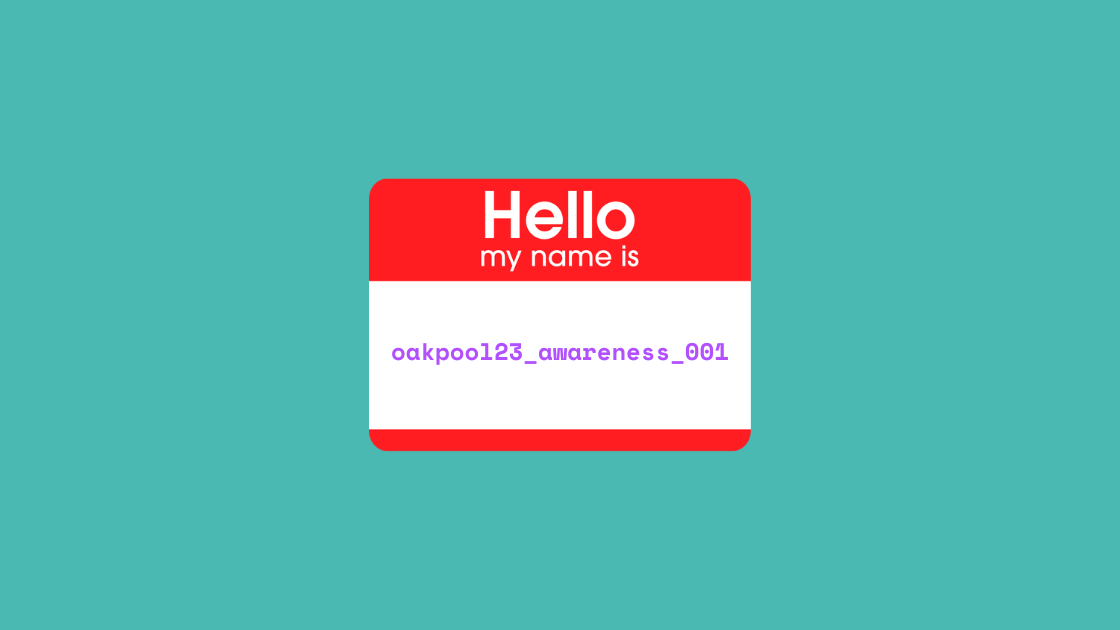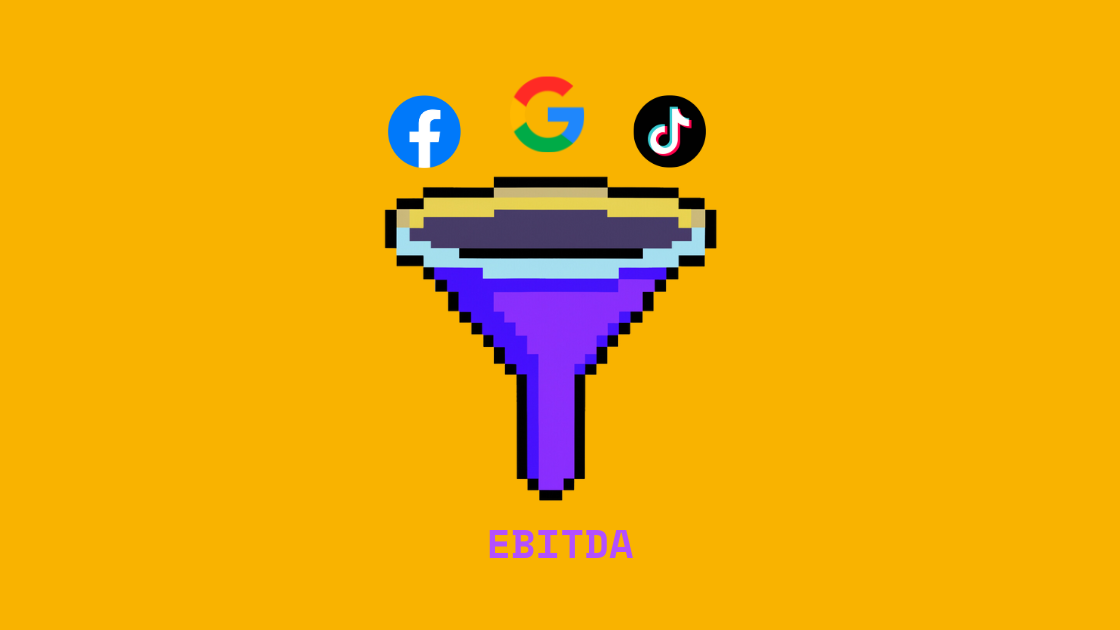The devil is in the details…
Digital advertising is a vast ecosystem. With the continuous addition of new campaigns, platforms, and targeting parameters, clarity becomes crucial. At the heart of this clarity lies a foundational tool often overlooked: scalable naming conventions for meta ads. This article underscores its significance and how organizations can leverage it for optimal outcomes.
Why Naming Conventions Matter:
1. Operational Efficiency: A consistent and logical naming system minimizes confusion. When campaigns are named systematically, ad managers, analysts, and strategists can quickly identify and understand their specific objectives and results. This efficiency reduces time spent sifting through mislabeled or ambiguously named campaigns, leading to faster decision-making.
2. Facilitated Growth: The digital landscape is ever-evolving. New ad formats, platforms, and targeting capabilities frequently emerge. A scalable naming convention can seamlessly integrate these additions without causing structural disruptions. This future-proofs your advertising operations, ensuring that as the complexity of your campaigns grows, your naming structure remains robust.
3. Enhanced Reporting: Consistent naming conventions directly impact the efficacy of reporting. When campaigns are labeled systematically, extracting insights becomes a straightforward task. It enables automated data extraction tools to operate with higher accuracy, ensuring that reports generated are comprehensive and error-free.
4. Improved Communication: A standardized naming approach ensures that all team members, regardless of their specific role or geographical location, speak the same ‘language.’ Whether it’s internal team discussions, stakeholder meetings, or external vendor communications, everyone is on the same page, reducing miscommunication and ensuring aligned execution.
Implementing a Scalable Naming Convention:
1. Centralized Documentation: Start by documenting the naming conventions clearly. This document should be easily accessible to all team members and regularly updated to reflect any changes or additions.
2. Hierarchy and Structure: Determine the hierarchy of information. Typically, this might follow a pattern like Platform_CampaignObjective_TargetingParameter_Date (e.g., FB_BrandAwareness_Millennials_Dec2023). Establishing this structure ensures that even as specific parameters evolve, the overarching framework remains consistent.
3. Regular Audits: Periodically audit your campaigns to ensure adherence to the established naming conventions. This not only ensures consistency but also helps identify any gaps or areas for improvement in the naming framework.
4. Feedback Loop: Encourage team members to provide feedback on the naming system. They might offer insights into potential challenges or suggest modifications that can make the system more intuitive and efficient.
5. Training and Onboarding: Every new team member should be oriented with the naming conventions as part of their onboarding process. Regular training sessions can also be organized for existing team members to reinforce its importance and address any questions.
Conclusion:
While scalable naming conventions for meta ads might seem like a minute detail in the broader scheme of digital advertising, their strategic importance cannot be overstated. They act as the linchpin, holding together various facets of advertising operations. By investing time in establishing a rigorous, intuitive, and scalable naming framework, organizations set themselves up for operational excellence, clearer communication, and data-driven decision-making. In the intricate maze of digital advertising, such conventions serve as the guiding light, ensuring streamlined operations and optimal outcomes.






